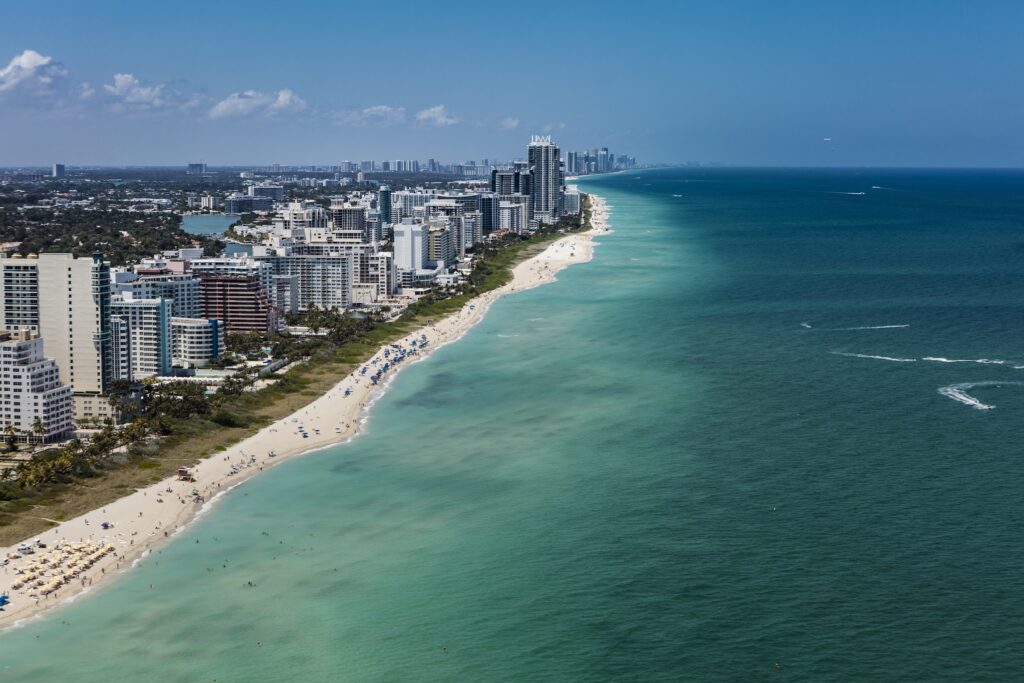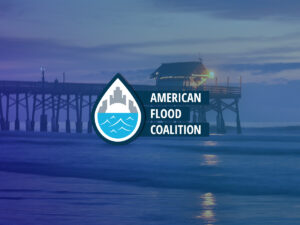“We can seize a once-in-a-generation window to overhaul our broken, business-as-usual approach to disasters. As more Americans are impacted by these tragedies, we know it’s possible to make the system leaner, more efficient and accountable.,” write Melissa Roberts, executive director of the American Flood Coalition, and Chris Sprowls, former speaker of the Florida House of Representatives.
In this op-ed, they present their roadmap for the immediate and longer-term steps for the Trump Administration and 119th Congress to fix our broken disaster recovery system and usher in a safer, more prosperous America.




